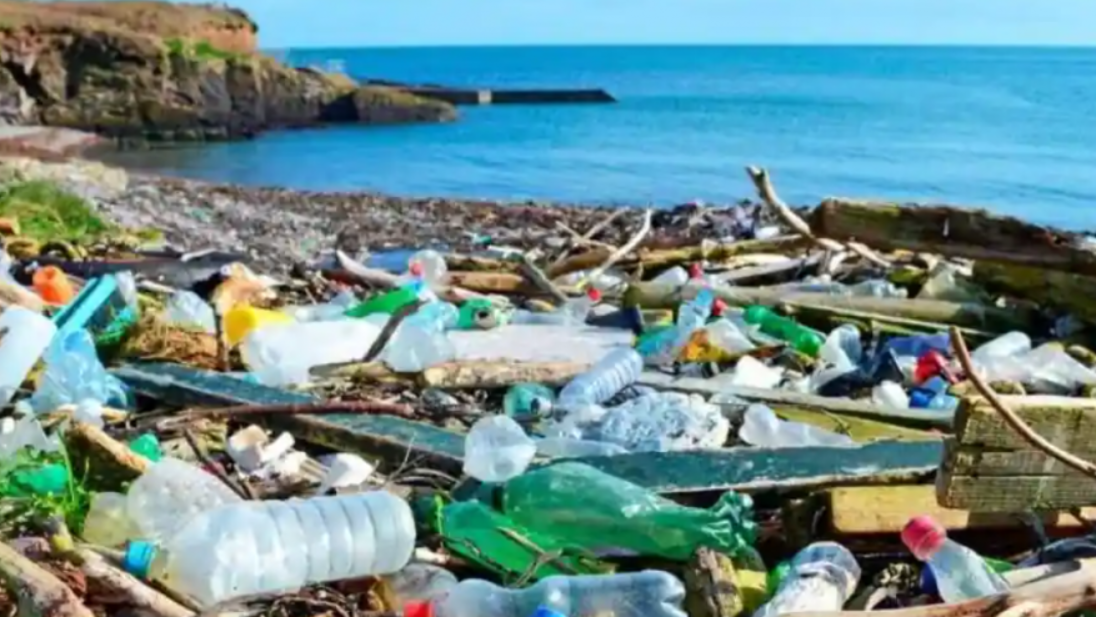Plastic waste making its way into the oceans is a major environmental concern, as it poses a threat to the marine ecosystem, and now, the COVID-19 pandemic has made it worse. The pandemic has raised the plastic amount within a short span of time, of which a portion has seeped into the oceans and intensified the pressure on the marine ecosystem.
The demand for single-use plastic in various forms, such as hand gloves, masks, and doctors’ kits, saw a huge rise during the pandemic. A recently published work in PNAS (Proceeding of the Natural Academy of Science) reported that more than eight million tons of plastic waste associated with the pandemic have been generated globally and a fraction of it – around 25,000 tons – has entered the oceans. Most of the plastic is from the hospital-generated medical waste and outweighs the contribution from personal protection equipment and material used in online shopping packaging, the study says.
The analysis said that 193 countries have produced around 9.2 million tons of plastic waste associated with the pandemic from the beginning till mid-August 2021. The analysis also said that majority of the plastic waste (87.4% )was generated by hospitals while a small fraction (7.6%) was generated by individuals. Packaging and test kits generated about 4.7% and 0.3% plastic waste respectively, the PNAS study reported.
The researchers, belonging to Nanjing University of China and University of California, San Diego, in the United States developed a model in order to predict what fraction of the plastic waste seeped into oceans. They predicted that till August 23, 2021, around 28,000 tons of the plastic debris have made their way into the oceans and these have been transported by 369 major rivers in the world.
The authors of the study warned that within less as three years, the majority of the waste will shift from surface of the oceans to beaches and the sea floor and by this year’s end, more than 70% will be washed on to beaches.
Their model also predicted that in the short term, the waste will mostly affect the environment near the coasts, which are near the original sources, but in the long term, patches may develop in the open ocean.
As an example, the authors said that patches of garbage may accumulate in the northeast Pacific Ocean and southeast Indian Ocean. Moreover, the plastic that sweeps towards the Arctic will face a dead end which will lead to a swift sinking of much of it into the seabed, the model developed by the authors predicted. The authors also warned that a circumpolar plastic accumulation zone may also form by 2025.
The researchers warned that towards the end of the century, nearly all of the pandemic-associated plastic will end up either in the seabed or the beaches. This means a potential threat to the benthic ecosystem. The benthic ecosystem represents the deepest regions of the ocean.
The findings in the study highlight the hotspot rivers and watersheds that demand special attention in the management of plastic waste. There is an urgent need of developing a better system for collecting, treating and disposing of the medical plastic waste, not only during the pandemic but otherwise as well.





